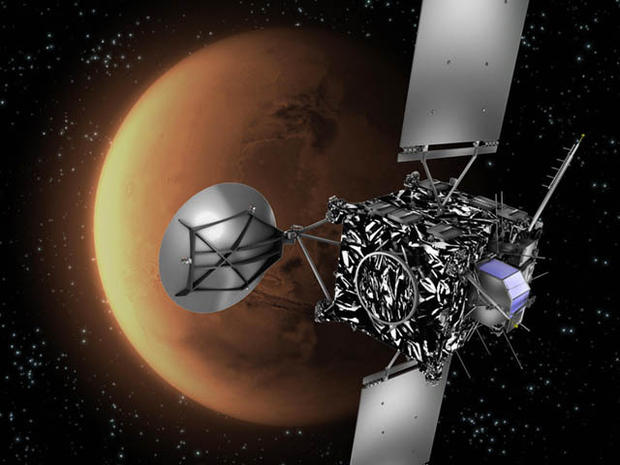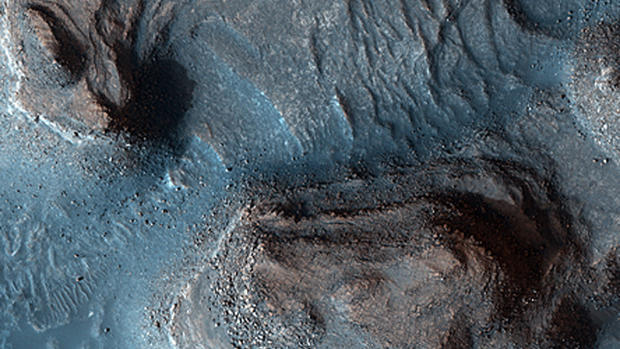Asteroid Taxis for Future Mars Missions?
As if future Earth voyagers to Mars wouldn't have enough on their minds to worry about, here's another: An increased risk to cancer.
But a physics professor offers a provocative suggestion which he says would protect human astronauts sent on any Mars missions: Hitch a (temporary) ride on an asteroid.
The risk of exposure to space radiation is well-known. There's not much that NASA or any other space agency can do about that "unless you use 1-meter-thick steel, which in reality makes things worse," notes Nasser Barghouty, a scientist working on NASA's Space Radiation Shielding Project at the Marshall Space Flight Center.
Until now, it hasn't been a big problem. The Apollo astronauts only faced cosmic rays for relatively brief durations. Also, the rotating crews on the International Space Station are shielded by the Earth's body as well as by the magnetic field which acts against two-thirds of incoming cosmic rays.
The solution, according to an upcoming article in the March-April edition ofActa Astronautica by Gregory Matloff of New York City College of Technology: land any Mars-bound spacecrafts on an asteroid heading in the proper outbound direction.
It's only the latest intriguing theory to get floated about possible space missions to Mars. Late last year a couple of scientists made waves with a proposal to send humans on one-way trips to colonize the Red Planet.
Matloff says there are at least five asteroids which will pass between the Earth on their way to Mars in the next 90 years. He believes these asteroids possess the necessary requirements: They must be about 33 feet wide (for necessary shielding) and must also come within a couple million miles of both the Earth and Mars.One big complication: the return trip. Based upon the database of near-Earth objects used for his paper, the astronauts would need to wait about five years for a ride home. But according to Matloff, the way to overcome the problem is to devise a way to divert an asteroid so that it moves into the necessary orbit.
Easier said than done, obviously, but still one heck of an idea to ponder.

